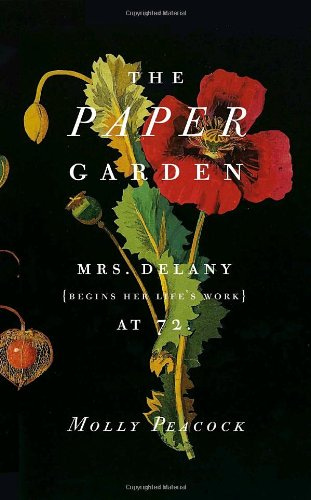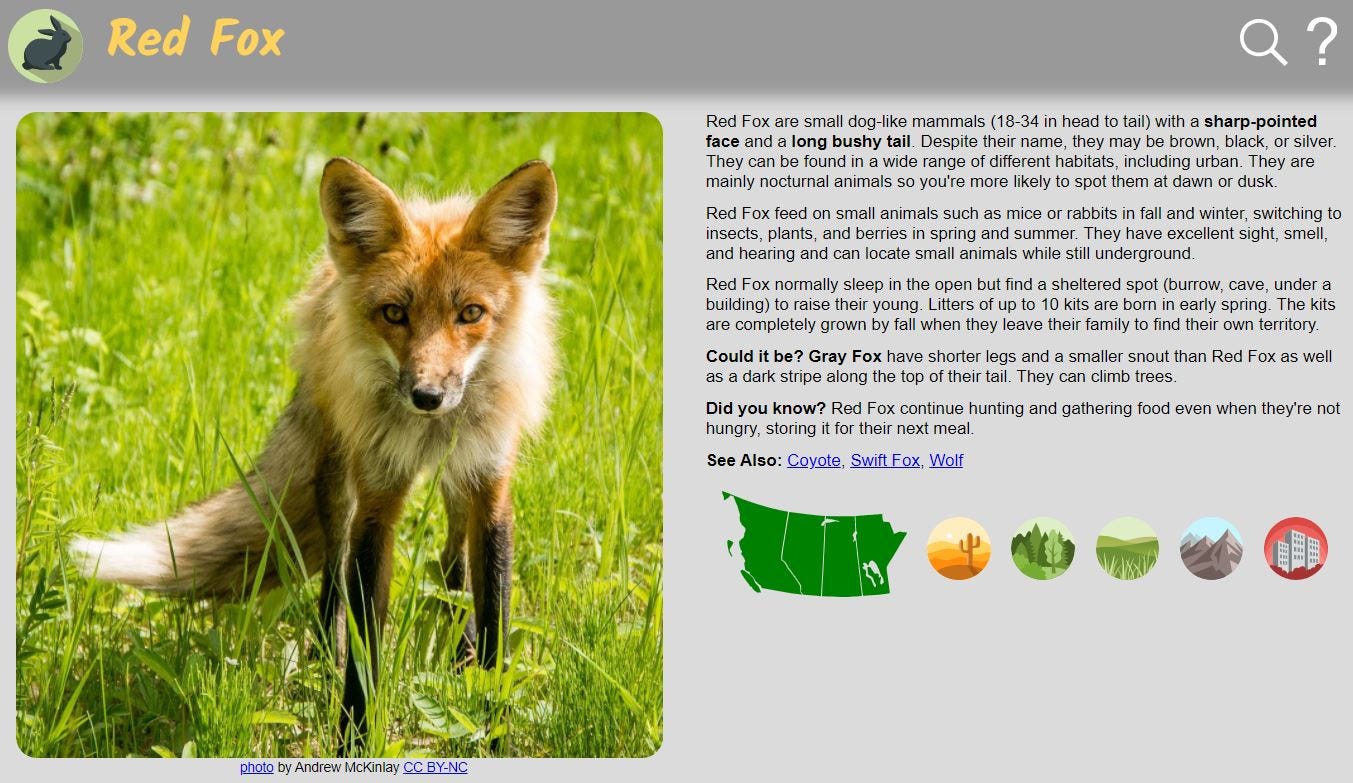Footnotes to a Conversation, October 17, 2022
Women, Paper & Art
We’re surrounded by paper, but only a very select few have the vision and the ability to turn it into art. Here are two women, one from the 18th century and one from the 21st, who turn ordinary, everyday paper into flowers.
The Paper Garden, Mrs. Delany Begins Her Life’s Work at 72, Molly Peacock
In an era when women were expected to marry, stay at home, and raise a family, Mary Delany (1700-1788) defied many of society’s expectations. After a horrible early marriage to a much older man, Mary remained single for many years before marrying for love. It helped that she had a small independent income, which makes me wonder what women (and men) would achieve if there was a guaranteed minimum income. Mrs. D was incredibly active and artistic – she embroidered, painted, designed clothes and shell grottoes, and above all else, at what may have seemed to be the end of her life, she assembled paper flowers. There are almost 1,000 flowers, each as true as possible to life, assembled from a large number of hand-painted pieces of paper. She created her first flower at the age of 72 and her last when her eyesight gave out at 82. Let that be a challenge to each of us, to not let age stand in our way but instead to view age as the fullness and ripeness of all we have undertaken over the years. And to not be put off by being an “amateur” – we all have the potential to be creative.
I appreciated the way the author, Molly Peacock, makes comparisons to her own life as she records Mrs. D’s. As a result, the book becomes more than a biography but is rather a meditation on what makes a life – friendship, sorrow, family, fortitude. The book is enhanced by illustrations of some of Mrs. D’s works. [The Paper Garden]
Kasasagi (Magpie as in “a person who obsessively collects things”)
Kate Kato uses discarded paper, wire, and thread to capture the delicate detail and beauty found in nature – stag beetles, mushrooms, bluebells, and bird eggs. The insects’ bodies are carved from stacks of paper, while the butterfly wings are embroidered by hand, and she uses watercolours and inks to add colour. [Kasasagi]
Do watch the 4-minute video to see and hear how she creates her works of art – truly amazing!
The Past and the Future
Imagine an 8,500 year-old footprint from someone who walked a few paces and then stopped. Nearby are the tracks of a red deer and a crane. Was the person on a scouting expedition? The archaeologist who uncovered the superhighway says, "I was really interested in seeing how the animals and humans shared this very populated environment." [Superhighway of Ancient Human and Animal Footprints, Live Science]
What if this was … ? “Peering into the future is what helps us reflect on current conditions and the long-term ramifications of choice. It’s this gap between fantasy and reality that’s both where imagination lives and where real change can occur.” [What if the best times are still to come?, Long Now]
Where does the money go? What do we value?
I receive way too many emails from non-profits requesting donations. They’re doing great, even outstanding work, but I worry about how much money and effort must be put into fundraising and I’m tired of the constant begging. A Nanaimo group has taken a different approach. They’re operating a bakery that provides work experience and funding to address homelessness. “The days of Canadian non-profits surviving on government grants alone are long gone … too many organizations compete for the same pool of funds.” [Local Bakery Addresses Homelessness, The Tyee]
British Columbia’s public health system doesn’t fund annual check-ups. They wait until you get sick to start providing for you. When will we begin prioritizing preventive health care rather than relying on drugs and surgery once we’re sick?
“However many lives public health has saved in the pandemic, the long-term goals of preventive care deprive it of a constituency. Even in the early months of the pandemic, isolation and wearing masks were urged as policies to save curative care by “flattening the curve” and reducing pressure on hospitals and health-care workers. With our curative system now on the brink of collapse, that approach hasn’t worked out.” [We Elected Pandemic, The Tyee]
Get Off My Property!
Do you remember my Twitter friend Larry, the cat at No. 10 Downing Street? Well, he’s back in the news again as he was filmed chasing a fox off his turf. Apparently, cats are very territorial and will confront most other animals if threatened. [Cat vs fox: what made Downing Street’s Larry so brave?, The Guardian]
Footnotes to a Conversation is a weekly Monday feature covering an assortment of topics that I’ve come across in the preceding week – books, art, travel, food, and whatever else strikes my fancy. I also post occasional articles on other dates, including frequent book reviews and travel tales.
If you share my love of nature, check out EcoFriendly West, an online publication encouraging environmental initiatives in Western Canada, and Nature Companion, a free nature app for Canada’s four western provinces.






